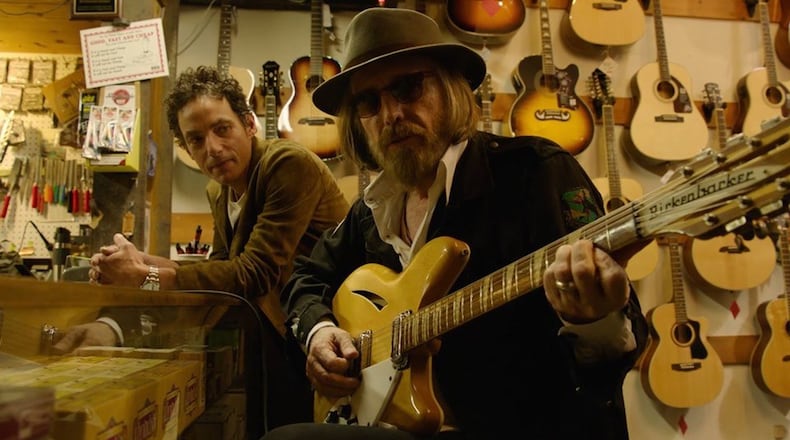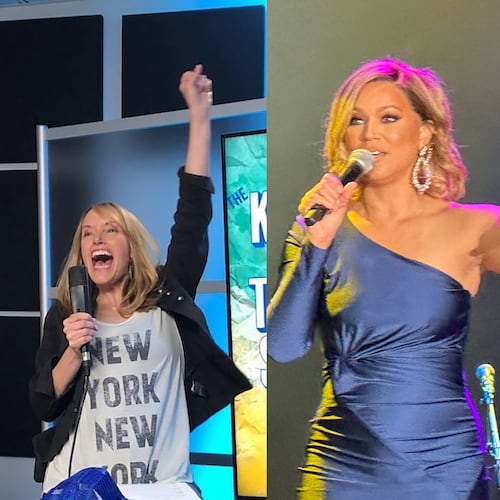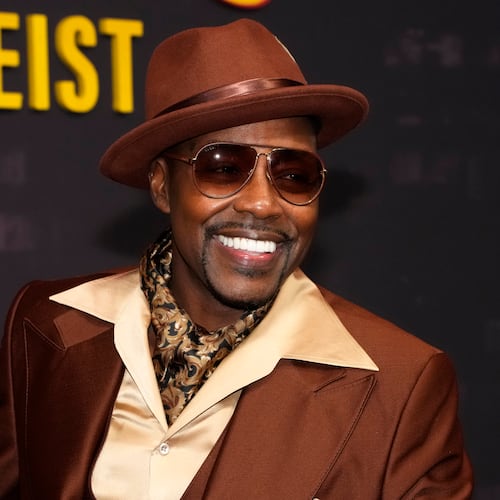Given the often-ugly competitiveness in the music industry, it’s both striking and refreshing that the spirit of the Laurel Canyon music scene centered on collaboration and inspiration.
That’s an early takeaway in “Echo in the Canyon,” the documentary that spotlights the creative hotbed of the Los Angeles music landscape in the 1960s. The film, which opened in New York and Los Angeles earlier this summer and just passed the $2 million mark at the box office, is currently playing at Midtown Art Cinema.
“People wouldn’t even call; they’d just knock on the door and go, ‘Listen to this!’ That’s an incredible environment for a musician to be in,” says Graham Nash in the film.
And from Michelle Phillips, “It was a hangout for bohemians, full of charming houses. It was a joyful time. Everyone was writing together. You’d go over to someone’s house, and you always brought your guitar.”
Director Andrew Slater doesn’t tackle the entire timespan of musical production from that mountainous enclave in the Hollywood Hills, which most agree ranges from the mid-’60s to early-’70s.
Instead, he and executive producer, Jakob Dylan, center on a window when Roger McGuinn and the Byrds “electrified folk music,” as Slater said, with their version of “Turn Turn Turn.”
“The film I wanted to make was about the idyllic period of innocence in California, before the onset of psychedelia,” Slater said in a recent phone interview. “Everyone came to California chasing a dream that they saw in ‘A Hard Day’s Night.’ The Mamas and the Papas, Buffalo Springfield, The Beach Boys – all in California and living near each other and trading ideas.”
Slater, who said he was inspired to tackle the material for his directorial debut after seeing the 1969 movie, “Model Shop,” possesses a deep musical background, much of it mined in Atlanta.
In the late-’70s, Slater was the pop music critic for the Atlanta Journal (back when it and the Atlanta Constitution were still rivals). He wrote for Rolling Stone, served as the Atlanta correspondent for Billboard and USA Today in the early 1980s and attended Emory University, where, he joked, “Peter Buck (of R.E.M. renown) and I were the only guys who had guitars. We had white Stratocasters and tried to do some playing. Everything he played sounded like (The Monkees’) ‘Last Train to Clarksville,’ but it worked out for him!”
Slater left journalism to work in music management (Don Henley, the Beastie Boys), produce (Warren Zevon, The Wallflowers) and headed Capitol Records as CEO for a run in the early 2000s.
His relationship with Dylan, who is on camera, but usually silent during interviews with David Crosby, Jackson Browne, Brian Wilson, Phillips and other Laurel Canyon luminaries, stretches back to 1987 when Slater was producing Warren Zevon’s “Sentimental Hygiene” album.
“Jakob walked into the studio and then (a few years later), I (co-produced) The Wallflowers’ first record,” Slater said.
He and Dylan initially had the idea to make a record of songs they both loved from the Laurel Canyon years. With “Echo in the Canyon,” they’re able to spotlight the music; Dylan sings familiar songs from The Mamas and the Papas, the Beach Boys, The Association and others with a cast including Fiona Apple, Beck, Regina Spektor, Cat Power, Jade Castrinos and Norah Jones throughout the movie – and marry it with visual recollections. (An “Echo in the Canyon” soundtrack has also been released.)
A bittersweet inclusion is several clips with Tom Petty, in what would be his final interview on film, about nine months before his October 2017 death. The documentary is dedicated to his memory.
“We had most of the film pretty much finished at that point,” Slater said. “But he liked the project and Jakob’s interpretation of the songs. It’s very sad to look at that footage and know he wasn’t here to see it.”
While “Echo in the Canyon” is expected to be released on Netflix later this year, Slater is hopeful music aficionados will seek it out in the theater. Given the film’s current financial success, it seems many are heeding that suggestion.
“We obviously struck a chord with people who want to go to the movies,” he said. “I wanted to make something more cinematic and big, more like an art film on a larger scale. We made the film to be heard in the theater.”
NOW PLAYING
“Echo in the Canyon”
Midtown Art Cinema, 931 Monroe Drive NE, Atlanta. 404-879-0160, landmarktheatres.com.
About the Author
Keep Reading
The Latest
Featured






